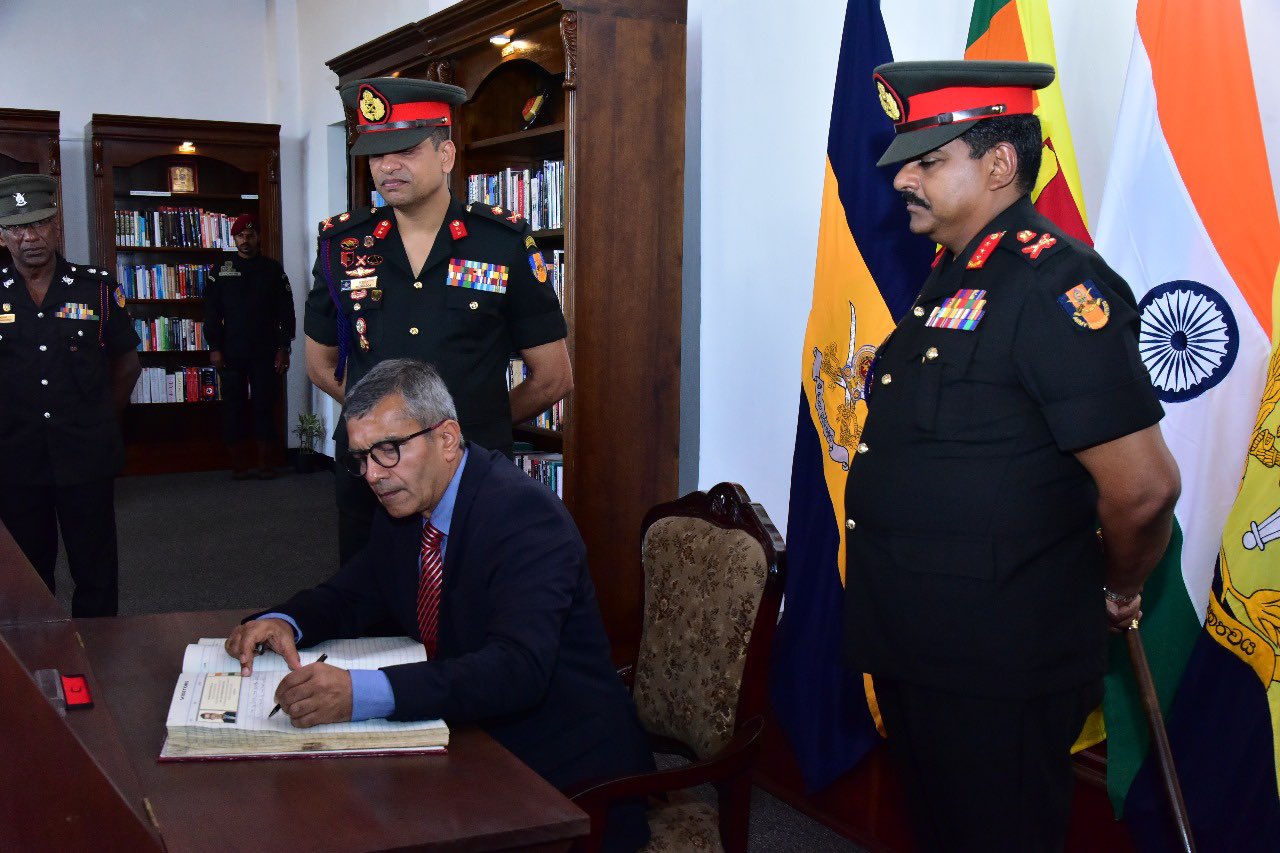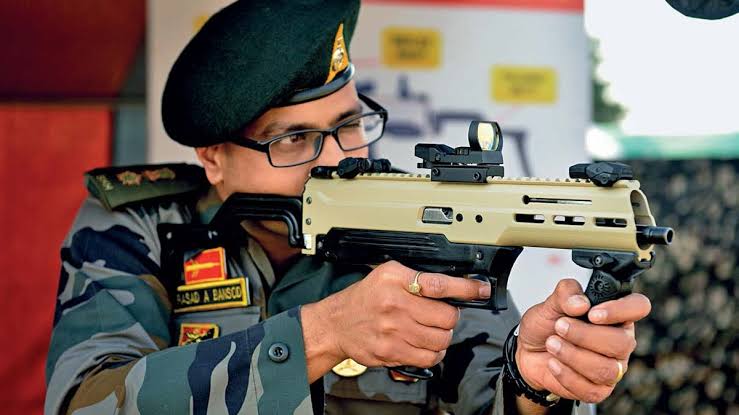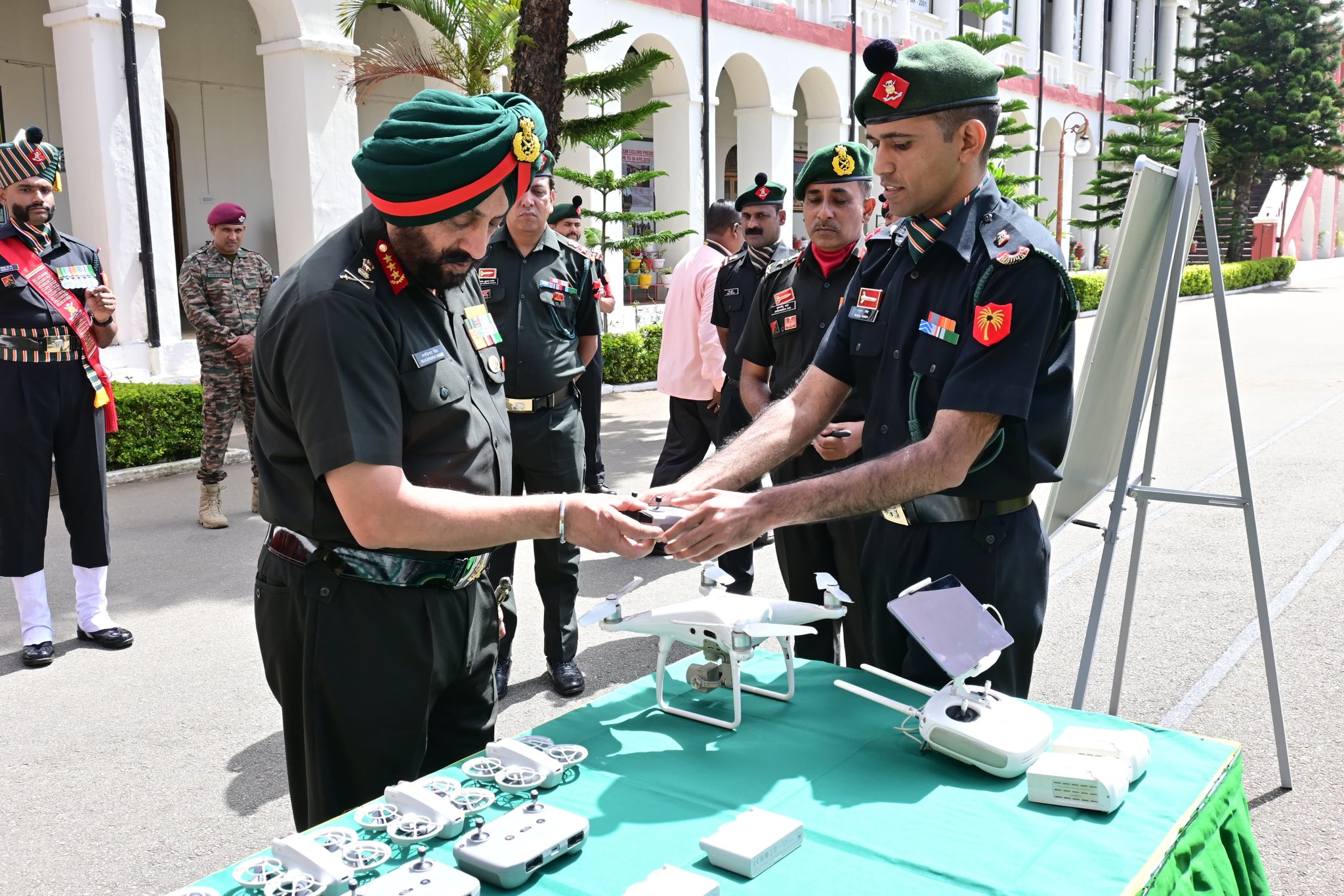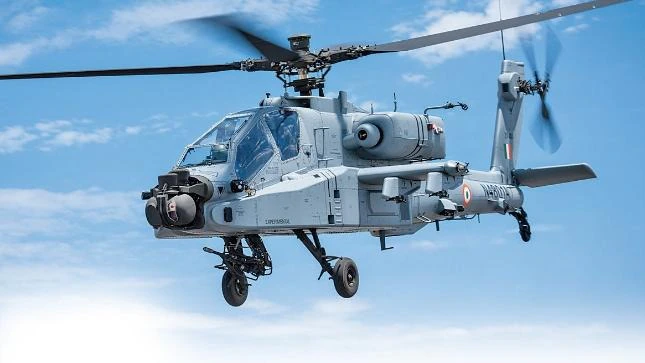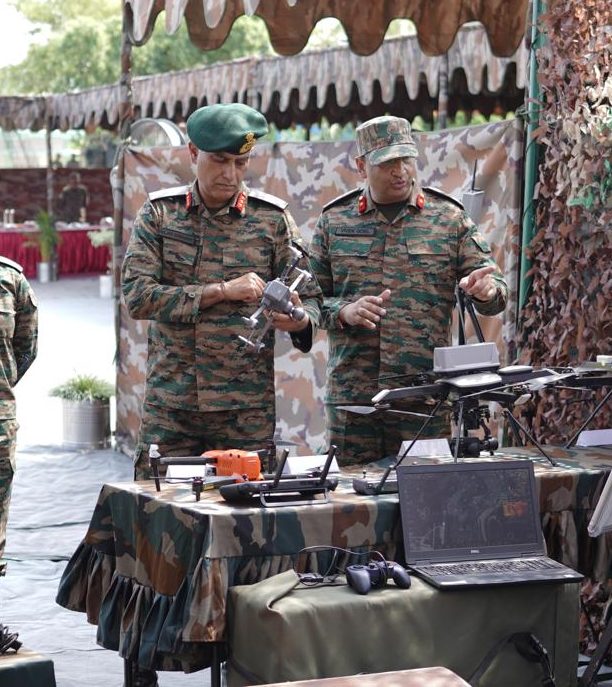Defence Secretary Rajesh Kumar Singh Inaugurates Indo-Sri Lanka Friendship Reading Section at Sri Lanka Military Academy
Defence Secretary Shri Rajesh Kumar Singh inaugurated the Indo-Sri Lanka Friendship Reading Section at the Sri Lanka Military Academy (SLMA)…
11 Years 11 Big Decisions: India Opens Space and Defence Sectors to Private Industry, Advancing Viksit Bharat 2047 Goals
In a landmark move to accelerate innovation and self-reliance, the Indian government has expanded access for private players in the…
Lt Gen Manjinder Singh Motivates Agniveers at Madras Regimental Centre, Highlights Role of Technology in Modern Warfare
Lieutenant General Manjinder Singh, AVSM, YSM, VSM, General Officer Commanding-in-Chief of the South Western Command and Colonel of the Madras…
Pakistan Offered Stealth Jets By China & Seals Defense Export Deal with Azerbaijan
In a series of major diplomatic and defense developments, Pakistan has reinforced its strategic partnerships with China and Azerbaijan, signaling…
Army’s Apache Helicopter Makes Emergency Landing in Saharanpur, Both Pilots Safe
An Indian Army Apache helicopter made an emergency landing on the banks of the Yamuna River in Uttar Pradesh’s Saharanpur…
GOC Rising Star Corps Reviews Operational Readiness of Air Defence Brigade in Jammu
The General Officer Commanding (GOC) of the Rising Star Corps, Lieutenant General Rajan Sharawat conducted a comprehensive review of the…

